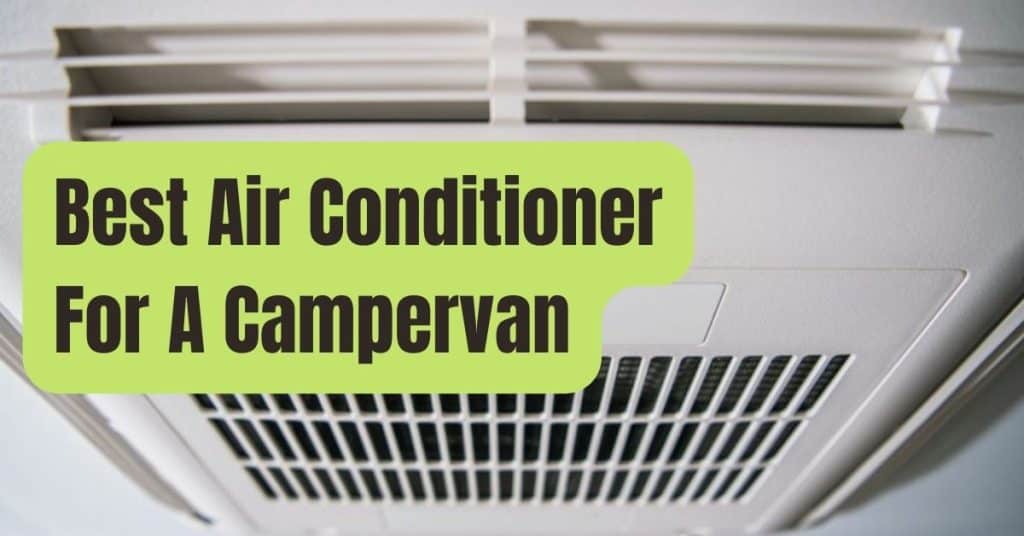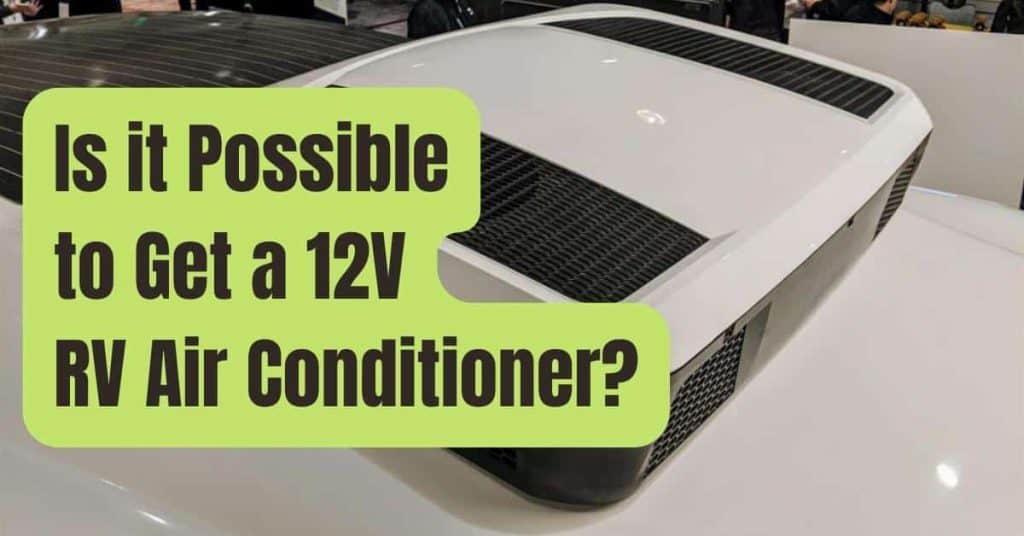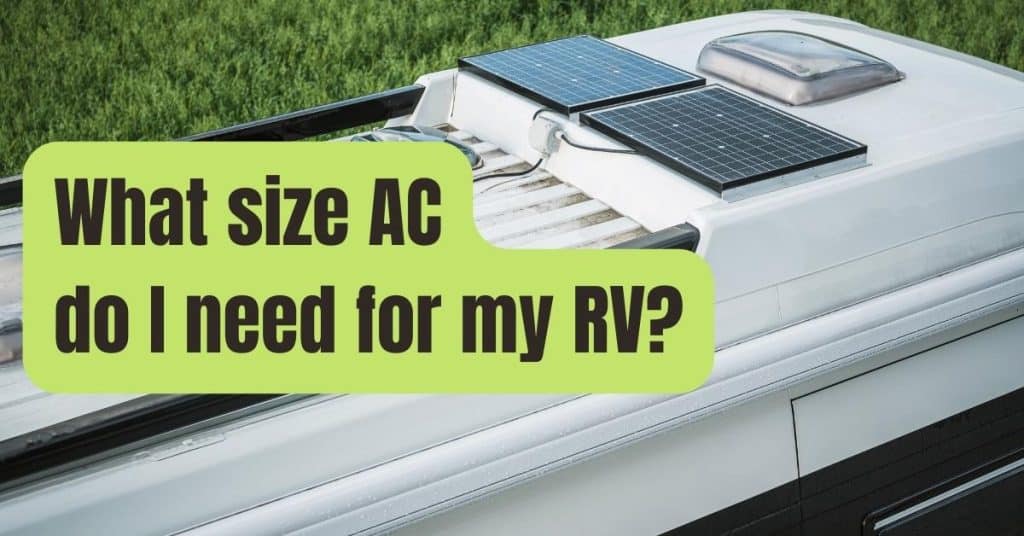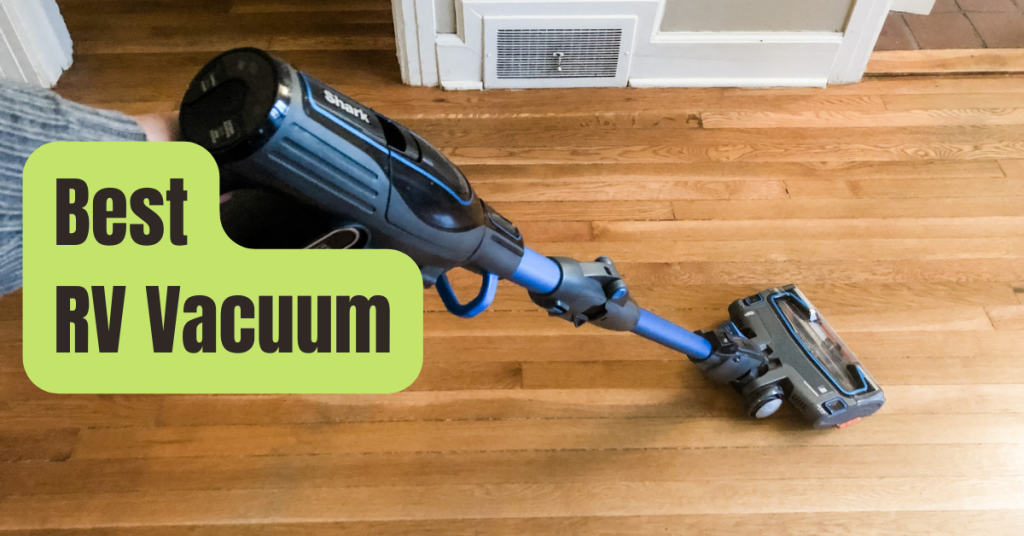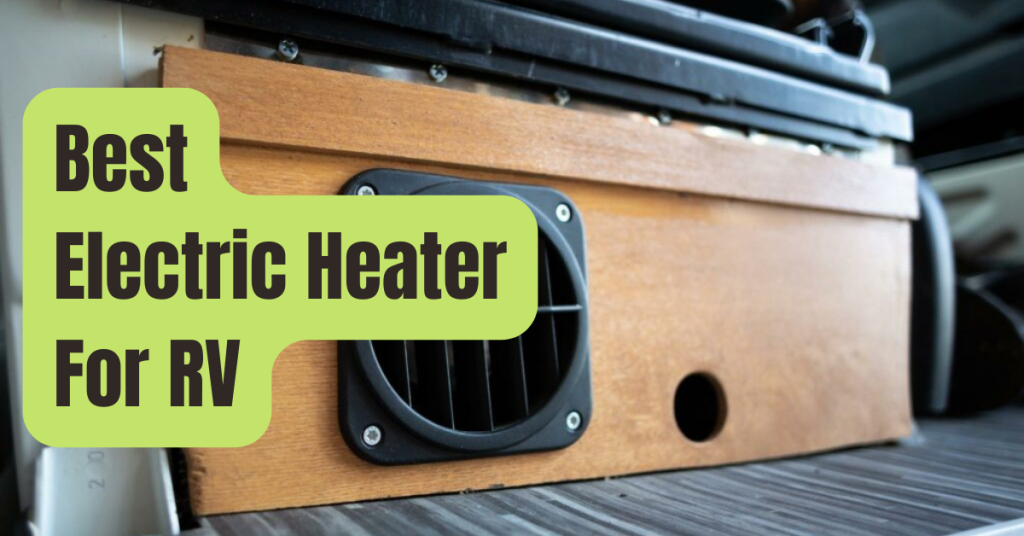Rooftop air conditioners are found in many RVs, fifth-wheel campers, and big travel trailers.
When anything goes wrong with the unit, or it just stops blowing cool air, your exciting holiday might quickly turn into a hot and sweaty nightmare.
Have you noticed that your RV’s air conditioner isn’t pumping cold air? If that’s the case, there are a few things you may do to figure out what’s wrong.
With some of these situations, you may be able to resolve the issue on your own.
In this post, we’ll look at how an RV air conditioner works, as well as how to inspect the different components of your RV air conditioner and figure out what’s wrong with it.
Why does my RV’s Air Conditioner run but not cool?
Here are five typical reasons why your RV air conditioner isn’t blowing enough cold air:
- Thermostat malfunctioning
- Fan-related issues
- Freon levels are low.
- A clogged compressor
- A capacitor that has failed.
What Is the Process of Using An RV Air Conditioner?
Understanding how an air conditioner works might assist you in diagnosing the issue more quickly. Many RV air conditioners come with a heating system as well.
A compressor is usually included, which pumps a Freon cooling fluid over the fins and coils of the condenser.
The cooled air is then blown into the RV’s built-in ventilation system by a dedicated fan.
A built-in switch in a thermostat controls the fan and compressor, which is powered by the onboard 12 Volt electrical system.
When the thermostat reaches the specified temperature, the device is turned off.
Read more: Top 5 RV Air Conditioner Issues and How to Fix Them
What Should I Do If My RV’s Air Conditioner Doesn’t Work?
If your RV’s air conditioner isn’t blowing cold air, check the thermostat and the electrical system that powers it.
The thermostat may be triggered to switch off the system by anything as simple as a loose cable or a low battery.
Other symptoms to look for to assist you figure out what’s wrong:
If the air conditioner in your RV isn’t making any noise, it’s possible that the controls aren’t getting enough electricity.
If the fan or compressor starts slowly or doesn’t blow any air, blows air weakly, just blows warm air, stops often, or the lights fade while it operates, the capacitors may need to be replaced.
Is There An Issue With The Thermostat?
It’s possible that the thermostat has burned out or that the temperature sensor has failed.
You may need to replace the thermostat if it does not show the temperature, blinks, or displays an unreasonable figure.
If your thermostat is powered by AA batteries rather than 12 volts, it’s possible that the batteries have run out.
Read more: How Long Can You Run an RV Air Conditioner?

What Should I Do If My RV Thermostat Is Burned Out?
Thermostats and the temperature sensors they include usually survive a long period. They do, however, have a finite lifetime.
If a portion of the thermostat burns out, it may not be able to measure the temperature reliably or transmit a signal to the compressor.
When this occurs, the compressor is turned off, but the fan continues to spin because it believes the air has to be moved out.
I’ve had thermostat problems before, and I’ve spent a lot of time looking for solutions that turned out not to be the issue.
Thermostats, fortunately, are quite simple to replace.
- Turn off the breaker or remove the thermostat’s internal batteries to disconnect the electricity.
- Remove the thermostat from the wall with care. Wires will remain in place.
- Disconnect the wires from the old thermostat’s back.
- Remove the new thermostat from its packing and attach it to the wires that go through the wall. Then return it to its original position.
- Follow the directions for activating and configuring the new thermostat that came with it.
Is There An Issue With The Fan?
If the AC fan only works at particular speeds or can’t run much faster than low without dimming the lights, the fan motor or capacitor may be failing.
It’s possible that a bearing or a wire in the fan motor has burnt out if you feel a small burning smell in the air while the fan is operating. Running in a circumstance like this might be a huge fire danger!
In either situation, replacing the fan is the quickest and most straightforward option.
Read more: How to Use an RV Air Conditioner?
What If There Is An Issue With The Compressor?
When a compressor is overworked, it might go bad or even overheat. In some of these circumstances, simple maintenance may be all that’s required to get the system back up and running.
The coils and fins of your RV’s air conditioner system may need to be cleaned and dusted if it isn’t blowing cold air or overheats quickly. While you’re at it, look for leaks, loose nuts, or gaskets in the roof sections of the AC unit.
You may be low on freon and need to recharge the unit if you detect ice or frost accumulation. Some auto parts companies provide freon canisters that may be used to replenish a car or RV’s air conditioning system.
If you decide to take this way, be sure to spend the additional money on a good one. This isn’t something you want to cut corners on!
There might be anything out of position or interfering with the motors if the air conditioner machine is loud.
You may remove the shroud for a closer look if you have the necessary equipment. You may have a burned out engine if you notice anything burned out or if something smells hot.
You may be able to solve a small compressor problem yourself, such as a low freon level or filthy cooling fins.
If the compressor is burnt out or there is a significant internal leak, you will almost certainly need to get a professional to replace it.
Read more: What size AC do I need for my RV?
Is It A Capacitor, Or Is It Something Else?
The functioning of an RV air conditioner relies heavily on capacitors. A capacitor is a device that stores power and gives a boost to the fan motor and compressor whenever the RV air conditioner is turned on. They resemble a tiny battery, flask, or button in appearance.
A capacitor might degrade over time. Particularly if the RV has been sitting idle for more than one winter.
When a fan or compressor capacitor fails to start, it might generate a range of symptoms that you should be aware of.
This includes the following:
- When the air conditioner tries to start, it makes a buzzing noise.
- After a few minutes, the air conditioner trips a breaker or blows a fuse.
- The fan will not turn on without being pushed.
- Due to the compressor not starting, the fan is only blowing hot air.
- A faulty capacitor will sometimes emit a little puff of smoke.
It’s completely conceivable that many capacitors have failed at the same time. If you locate a defective one in the fan, don’t assume it’s the only issue.
Another capacitor in the compressor might be burnt out.
If you don’t test both devices and only replace one capacitor, you can end up with the same issue. As a result, you must constantly be thorough.
How Can I Tell If An AC Capacitor Is Bad?
You may use a regular multimeter to test a problematic capacitor after you’ve found it.
On the multi-meter display, a good capacitor should show a value that progressively drops over the course of a minute or two.
Fortunately, replacing a faulty capacitor is extremely simple. Simply note the appropriate voltage as well as the model numbers on the previous capacitor.
With a little luck, you may be able to locate a replacement in a hardware store’s electric section.
You may need to purchase one online if you don’t have one. Some websites even provide expedited shipping options such as overnight or one-day delivery.
Read more: 8 Best RV Air Conditioners To Buy In 2025

How To Replace A Capacitor That Has Been Burned Out
It’s vital to remember that even when the main power is shut off, capacitors retain a little amount of charge.
You should never contact it with your naked hands, and you’ll need to drain the leftover charge before replacing it.
- Step 1: Make sure the gadget is completely turned off. I would consider shutting off the main power at the breaker box if you are unsure.
- Step 2: Follow the cables and make a mental note of where each one goes. A simple masking tape tab with letters inscribed on it might aid in your organization.
- Step 3: is to drain the old capacitor of any remaining charge. Wearing insulated gloves and connecting both ends of the terminals with a screwdriver or similar conductive piece of metal are the best ways to achieve this.
- Step 4: Now you may remove the old capacitor and replace it with the new one. This may need the use of a soldering iron in certain cases.
- Step 5: Restart the computer. Wait a few minutes before attempting to restart the air conditioner in the RV.
When Should I Consult a Professional?
Simple tasks such as repairing a broken thermostat or installing a new fan are frequently doable by yourself.
If you’re handy and have the equipment, you may be able to replace one or more burned-out capacitors and recharge the freon in your compressor.
When it comes to fan motor rebuilding, it’s typically best to just replace the complete fan.
Otherwise, I would consider taking it to an RV-specific expert repair facility. In a pinch, you may look for an HVAC repair firm in the yellow pages.
Their service technicians are often well-trained and equipped to fix almost any kind of air conditioning system.
How Do I Winterize the Air Conditioner in My RV?
Winterizing your RV is a vital step in keeping it in good shape and extending its life. This involves the air conditioning system being winterized.
- Remove any dust, pollen, dead bugs, or debris from the outside, then blow the dust out of the inside components with canned air. If you can’t reach your RV’s roof with your hands right away, you may use a hose to spray it down.
- Turn off the air conditioner and thermostat to prevent it from accidently turning on on a hot day in the autumn or spring.
- If you can’t keep your RV indoors for the winter, the outside components on the roof should be covered. Special air conditioner coverings are available from firms such as Frost King. Still, I’d suggest using tie-downs or zip ties to keep everything in place. You can always improvise with a block or stone if you’re worried about harsh winter gusts.
Take the time to inspect the RV’s roof as the winter progresses.
It’s not unheard of for a frantic squirrel to attempt to wriggle its way under an air conditioner cover in search of a warm area to stay warm.
Ice accumulation should also be avoided.


